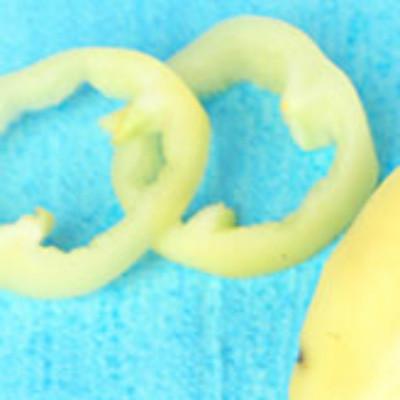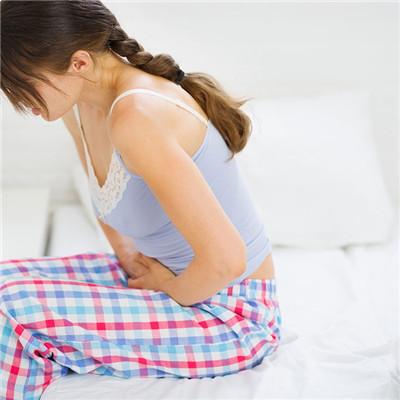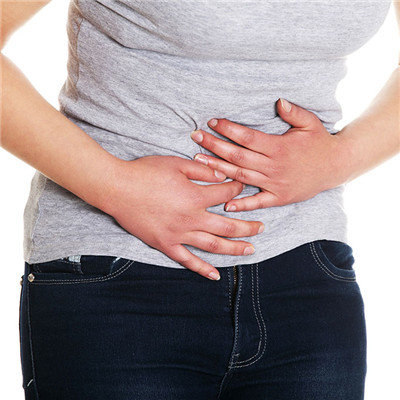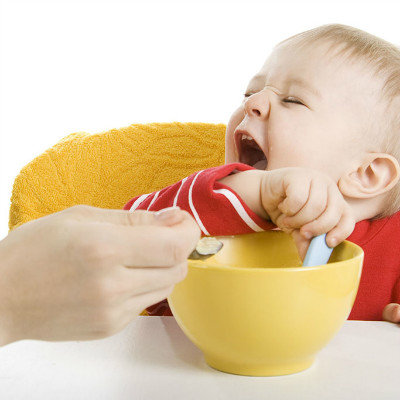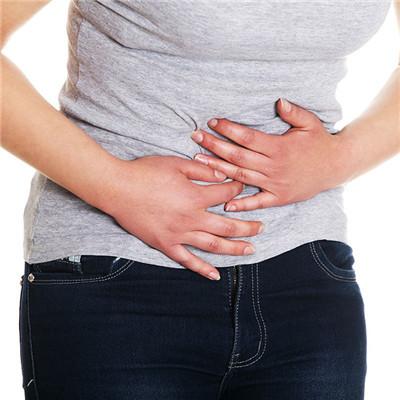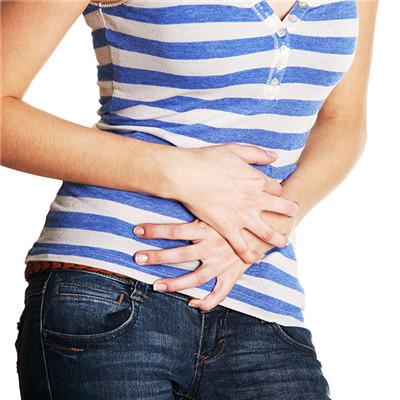Symptoms of Salmonella poisoning in children
summary
Salmonella poisoning in children is an acute infectious disease caused by various Salmonella. Salmonella typhi and Salmonella paratyphi are often collectively referred to as Salmonella typhi. Although they also belong to Salmonella genus, due to certain characteristics of traditional habits, pathological changes and clinical manifestations of typhoid and paratyphoid, I would like to talk about the symptoms of Salmonella poisoning in children.
Symptoms of Salmonella poisoning in children
1. Gastroenteritis is the most common clinical type, also known as Salmonella food poisoning, accounting for about 70% of salmonellosis. The incubation period was 6-48 hours, the shortest was 2 hours and the longest was 3 days. Acute onset, the beginning of nausea, vomiting, and then quickly appear abdominal colic and diarrhea. At first, it was mostly rotten stool, and then the stool was often yellow and watery, with little or no fecal matter. Occasionally, it can be mucinous or pyogenic stool. Defecate several times to dozens of times a day. There is often fever, body temperature can reach 38 ~ 40 ℃, accompanied by chills or chills. The severity of Salmonella gastroenteritis is different. A small number of patients may have no fever and only have rotten stools. Severe cases may be fulminant, accompanied by rapid dehydration. Severe dehydration may cause shock and renal failure, or even rapid death. This situation is more likely to occur in premature infants and malnourished infants. The symptoms of Salmonella gastroenteritis were more than disappeared within 2-3 days after treatment. Occasionally, the course of disease could be prolonged to 2 weeks. The mortality can exceed 1%. Almost all of the deaths were caused by infants, the elderly and the weak. The number of white blood cells of the patients was mostly in the normal range, but the neutrophil nucleus shifted to the left. Blood culture was almost negative in all cases. In the acute stage, pathogens can be isolated from almost all cases.

2. The clinical symptoms of typhoid type are similar to that of mild typhoid, but the incubation period is short, with an average of 3-10 days. The course of disease is also short, generally 1-2 weeks, and the disease is mostly mild. The heat type is characterized by flaccid fever or persistent fever, indifference and slow pulse, and occasionally rosette. Diarrhea is more common, intestinal bleeding and perforation rarely occur. Typhoid type occasionally takes gastroenteritis as the precursor, and appears typhoid after the typical symptoms of gastroenteritis. The number of white blood cells in blood decreased, and pathogenic bacteria could grow in blood and stool culture. Salmonella cholerae suis is the most common Salmonella causing typhoid.

3. Sepsis is sporadic, common in children and patients with chronic diseases. The onset is usually sudden, but it can also be slow. There were fever, chills, sweating and gastrointestinal symptoms. The high fever lasted for 1-3 weeks. If there are complications, such as purulent lesions, fever can be delayed for a longer time, even for several months, or manifested as repeated acute attacks. The liver and spleen are often swollen, occasionally jaundice, delirium and meningeal irritation can be seen. The number of white blood cells in most cases is in the normal range. Blood culture showed pathogen growth, but stool culture was often negative. Different from the persistent bacteremia of typhoid, the pathogenic bacteria enter the blood circulation intermittently. The most common pathogen is Salmonella cholerae.

matters needing attention
The main measures to prevent this disease are to pay attention to food hygiene and strengthen the management of meat and eggs. Strengthen the food hygiene education for the masses, strengthen the health education for cookers, canteens and restaurant managers, and improve their health knowledge. Do not eat meat and viscera of sick livestock and poultry. All meat, animal offal and eggs must be fully cooked before eating. All cooking utensils and utensils must be cleaned and disinfected frequently. Raw and cooked food should be separated from containers. When making, it should be divided into knife and board. We should strengthen the management of food hygiene, abide by the hygienic operation in the slaughtering process of livestock, avoid the contamination of meat by intestinal bacteria, and conduct hygiene inspection on meat. Only qualified meat can be sold on the market. Slaughtering, selling and eating are prohibited when animals are sick and dead. Attention should be paid to the cleaning and disinfection of slaughterhouse, meat market, processing, transportation and storage of meat, egg and dairy products. Put out rodents, flies and cockroaches to prevent food from being contaminated by pathogenic bacteria. Pay attention to water source protection, strengthen drinking water management and disinfection. Livestock and poultry should avoid Salmonella infection. The feeding place should meet the hygiene requirements, and the feed should not be contaminated by Salmonella. The transportation process should be fast and free from fatigue, so as to reduce the chance of mutual infection. The slaughterhouse should pay attention to the cleanliness and hygiene, and avoid the long-term concentration of animals in the slaughterhouse, so as to prevent the spread of infection in animals. Patients or chronic carriers should be prevented from spreading Salmonella in the population. Patients in acute stage should be treated in isolation. Convalescent carriers or chronic carriers should not be engaged in food processing, and should strictly abide by personal hygiene. Antibacterial drugs can be used to treat chronic carriers and make them stop carrying bacteria. A live oral vaccine for active immunoprophylaxis is being developed and tested in animals. It is considered to be safe and effective. Whether it can be used to prevent human Salmonella infection in the future remains to be further studied.
